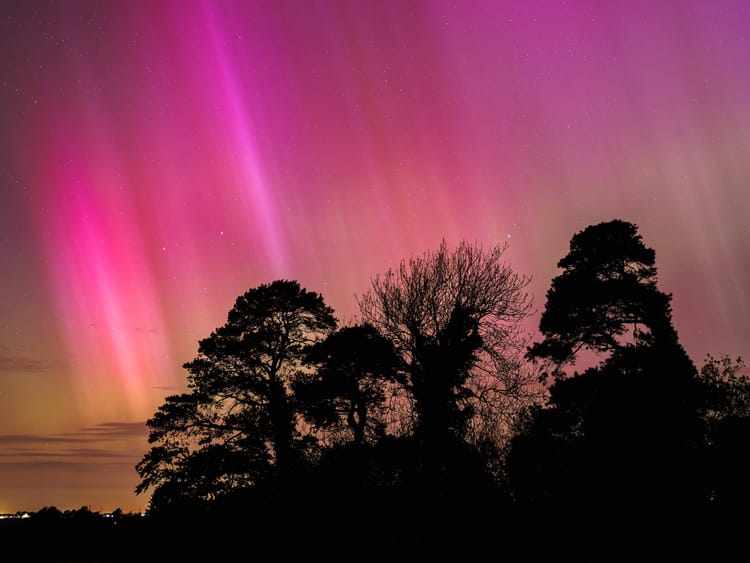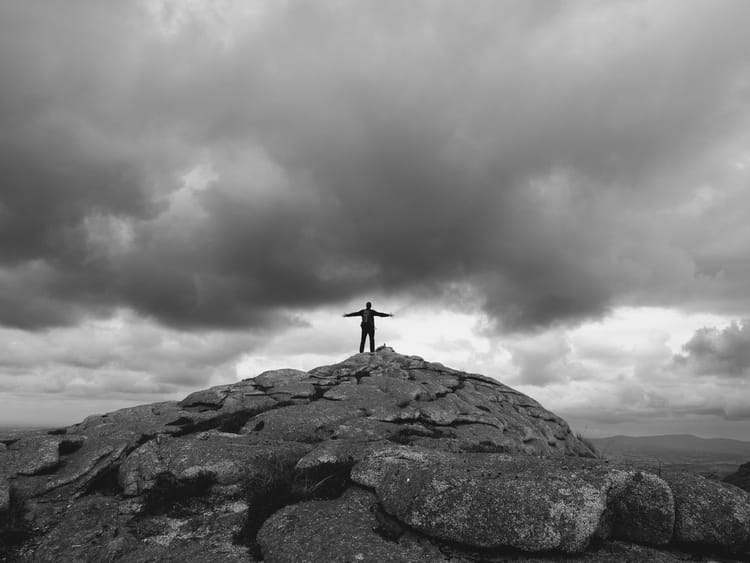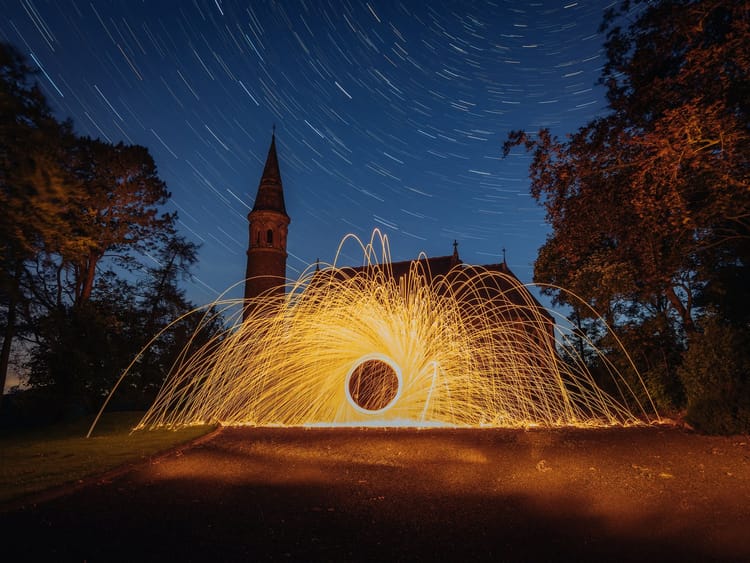Fujifilm X100v - First or Last Impressions?

It is expensive reading photography blogs.
Scrolling through a photography discussion on another blog introduced me to the Ricoh GRIII street camera but that became a short-lived affair after £900.
Fellow bloggers compared the Ricoh with the Fujifilm X100v, but at a cost of £1200 I decided on the Ricoh.
But in under six months of ownership my interest in the Ricoh GRIII waned. The Ricoh was excellent but it felt like a small plastic computer when I wanted a camera.
It was the Fujifilm X100v I considered as a potential replacement.
Although costing several hundred pounds on top of the Ricoh, the Fuji premium compact camera drew me in. I was attracted to its retro look, and the Fujifilm film simulation options.
Countless YouTube reviews helped to hypnotise me into the purchase.
After six months of ownership I know the Fujifilm X100v and love using it despite some quibbles.
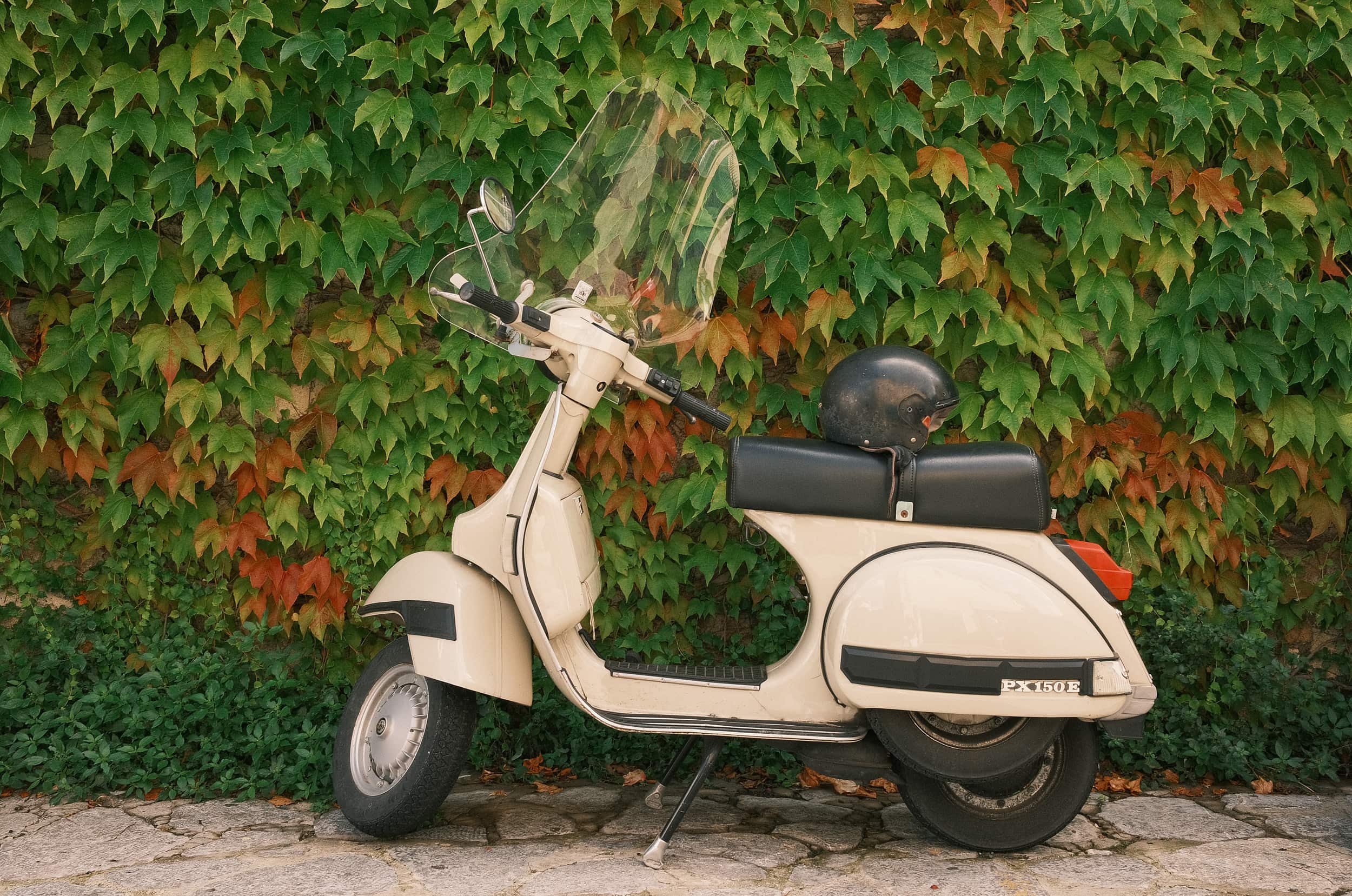
Does the Camera Matter?
I could argue it's a waste of time fretting over which camera to use but there's one important criterion to consider.
A camera should encourage you to get up and capture images. The X100v begs me to go and shoot images unlike the Ricoh and my previous Canon 80D.
The Canon 80D was large and with its 18-135mm kit lens, it required a project to motivate me to carry it. The only project I had was a Garden Route trip across the Eastern Cape, South Africa.
I loved the camera on the South African trip but at home the camera saw little light.
The Canon 80D led me to being an iPhone photographer - again. And there's nothing wrong with that.
Mark Adams sums up why it probably doesn't matter which camera you choose, but thank heavens for eBay.
At least with eBay I was able to recoup some of the Ricoh and Canon costs and put the funds towards the Fujifilm X100v.
With some budget recouped and after what seemed like a lifetime on YouTube, I pressed the shutter on the X100v.
This review will be non-technical but a challenge because I dispatched the camera for repair and forgot to take product photographs.
You'll have to believe I own one.
The Fujifilm X100v Unboxed
When I opened the packaging I was impressed.
The X100v is beyond doubt a premium product. The build quality is excellent and it feels solid in the hand and the buttons are secure although small. The shutter button however is a little wobbly but works.
Although most reviews talk about weight in grams versus the grams of a competitor product, all I will say is the camera is easy to carry no matter where you go.
I've taken the X100v on hiking trips, walks around town, and holidays. The size is discreet but large enough to feel like a real camera in your hands.
The whole experience to date has been nothing but fun.
The only disappointment when I opened the box was the absence of any meaningful accessories. There was the usual cheap strap, instruction manual, and a battery.
The Extras
When I buy a new gadget I need to get accessories at the same time or I think about the money and end up accessory-free.
As for this camera, I purchased the weather sealing kit because in Ireland it rains. And, while it makes my wife laugh, a leather case. My dear spouse believes I'm obsessed with leather cases for gadgets and has evidence to prove it.
The Menus
The menus are a challenge to navigate and for the life of me I struggle to remember where specific items are in the system.
I think Fujifilm could improve their menu system.
The personalised My Menu customisation is vital and easy to set up.
My biggest challenge is understanding what some of the functions do, but that's what YouTube is for.
The majority of settings are set and forget and if the Q menu is configured to your needs, minor adjustments can be made on the fly.
The Buttons and Controls
The buttons and control dials feel sturdy which adds to the premium handling. The camera has minimal buttons and switches to cover the basics, contributing to the retro feel.
The Fujifilm X100v is in the rangefinder style, akin to old film cameras. There were times when I forgot I was using a modern day digital camera. In some ways I had the best of both worlds - old style controls with modern technology.
The exposure dial on the top became redundant because I set it to 'c' which assigns exposure control to the front command dial. This allowed me to adjust exposure without taking my eye from the viewfinder.
OVF/EVF
The camera has a choice of view finder. The optical viewfinder is minimalist but you have a choice of symbols for the display. There is an electronic viewfinder which lets you see the impact of your settings on the eventual picture before you press the shutter.
In the beginning I used both but moved to the EVF. I found it helpful to see what the image would look like using the film simulation and other settings.
The use of the EVF and Fuji film simulations encouraged me to move from shooting RAW and focus on JPEGs.
For an amateur, relying on RAW can be lazy because in the back of your mind you know you could fix most mistakes in editing software.
Rear Screen
I could talk about dots per inch and pixels and other stuff but all I can say is the rear screen is bright, crystal clear, and works the way you would expect. On occasion I saw some image stutter which occurred before the camera switched off in power saving mode.
The screen tilts one way, allowing for some discrete photography which I found helpful on the Terrace of Infinity, Ravello.
The screen was easy enough to see in bright sunlight except when wearing sunglasses.
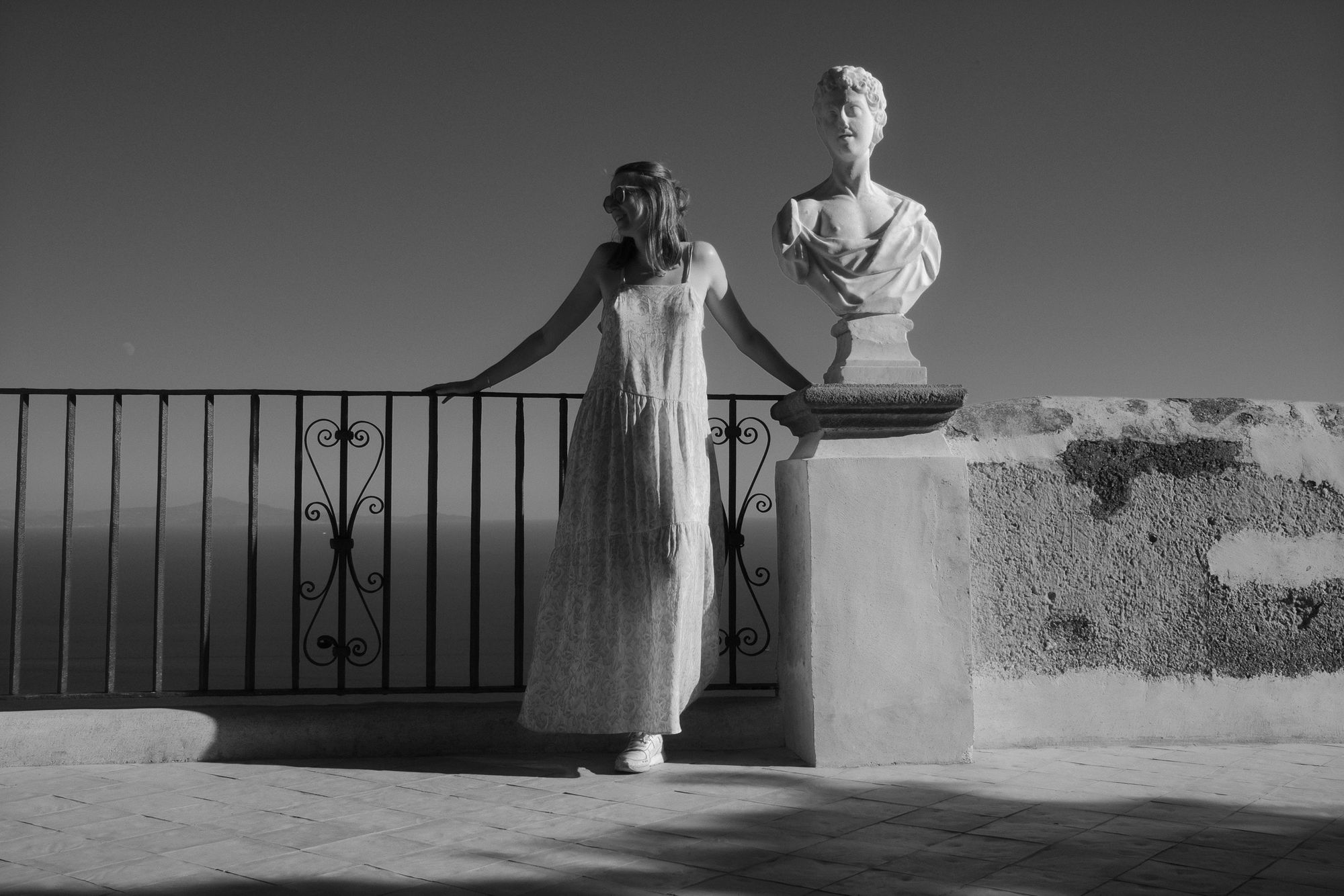
Everyday Handling
I cannot criticise the Fujifilm X100v during everyday use. The camera fits in the hands, controls are easy to use, and when you have the right settings you are ready for action, or still life.
I took the camera on a one-week trip to Italy and it was reliable except for some failed JPEGs. But more on that later.
Battery Life
If I had to identify one weakness it is the battery life.
I came across a review from a travel blogger who claimed he got by on one battery for over a week. Unless you take one photograph a day I cannot see how this is possible.
Of course it all depends how many pictures you take but I needed to change to a second battery before the day ended.
One reason however for the shorter battery life could be my habit of chimping, the checking of every photo on the camera display after capture. Plus I made heavy use of the delete function to remove the failed JPEGs.
Adjustments on the Go
Having planned out the Q menu I was able to make minor adjustments to shadows, highlights, or clarity for example, as I needed.
Picture Quality
Picture quality is excellent and the main limitation is the experience of the photographer.
I have enjoyed adding a filmic look to my images with Fuji film simulations including the introduction of a little bit of grain into the pictures. I'm pleased but need time to develop a look.
Or do I? I'll wait and let that happen over time.
I will test the camera at night with some astrophotography but for every day use, dark dull days or bright sunny days, the camera succeeds.
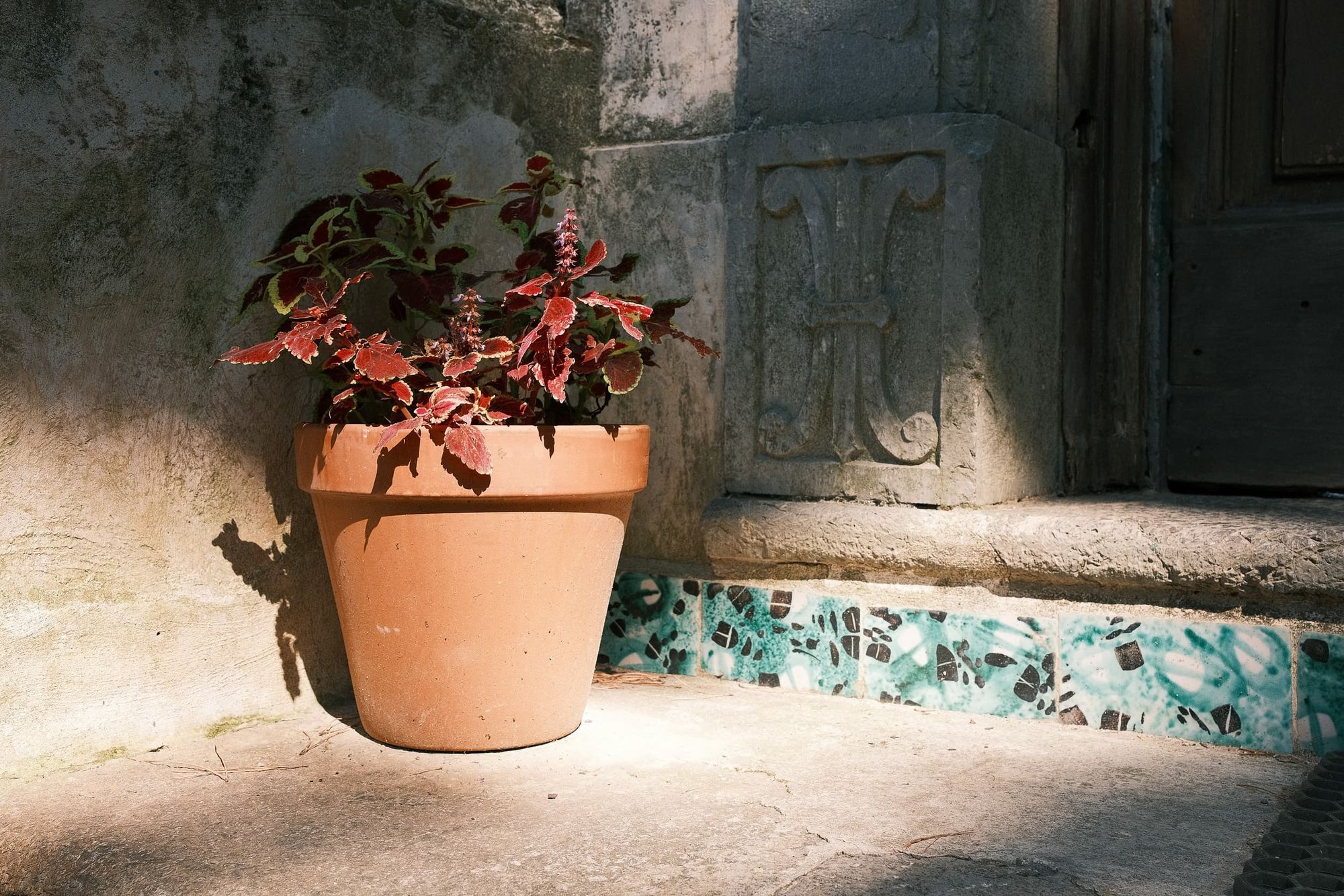
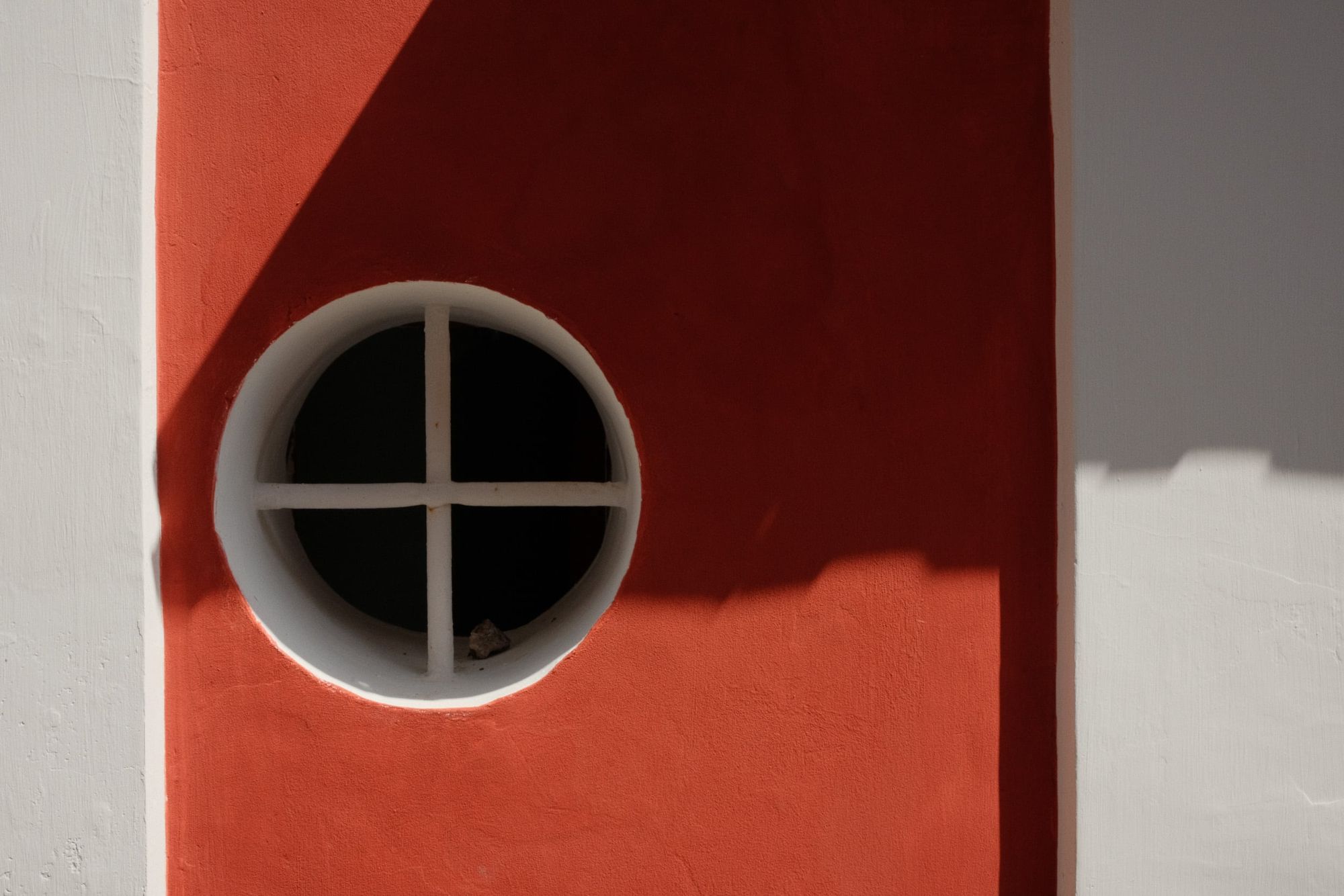
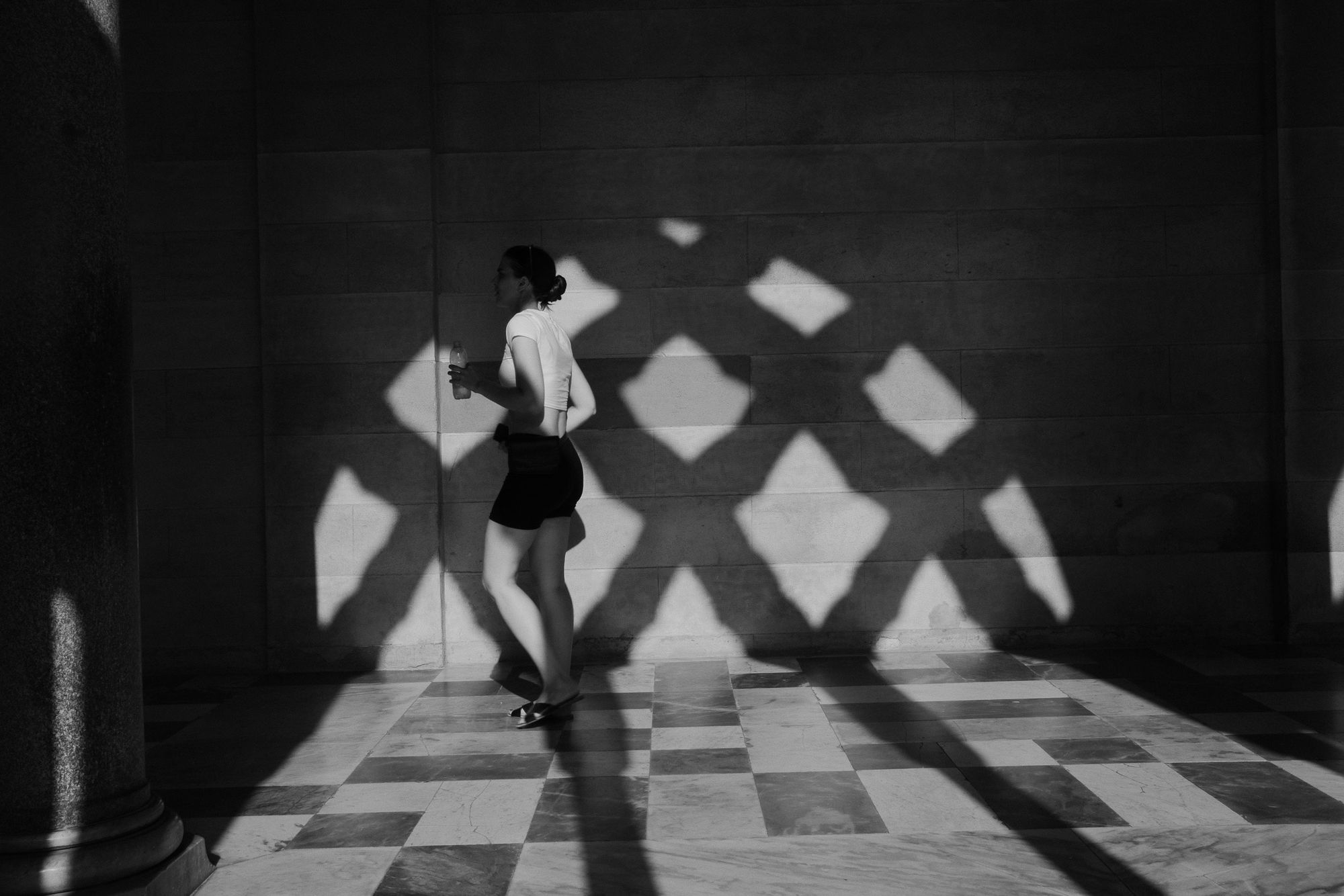
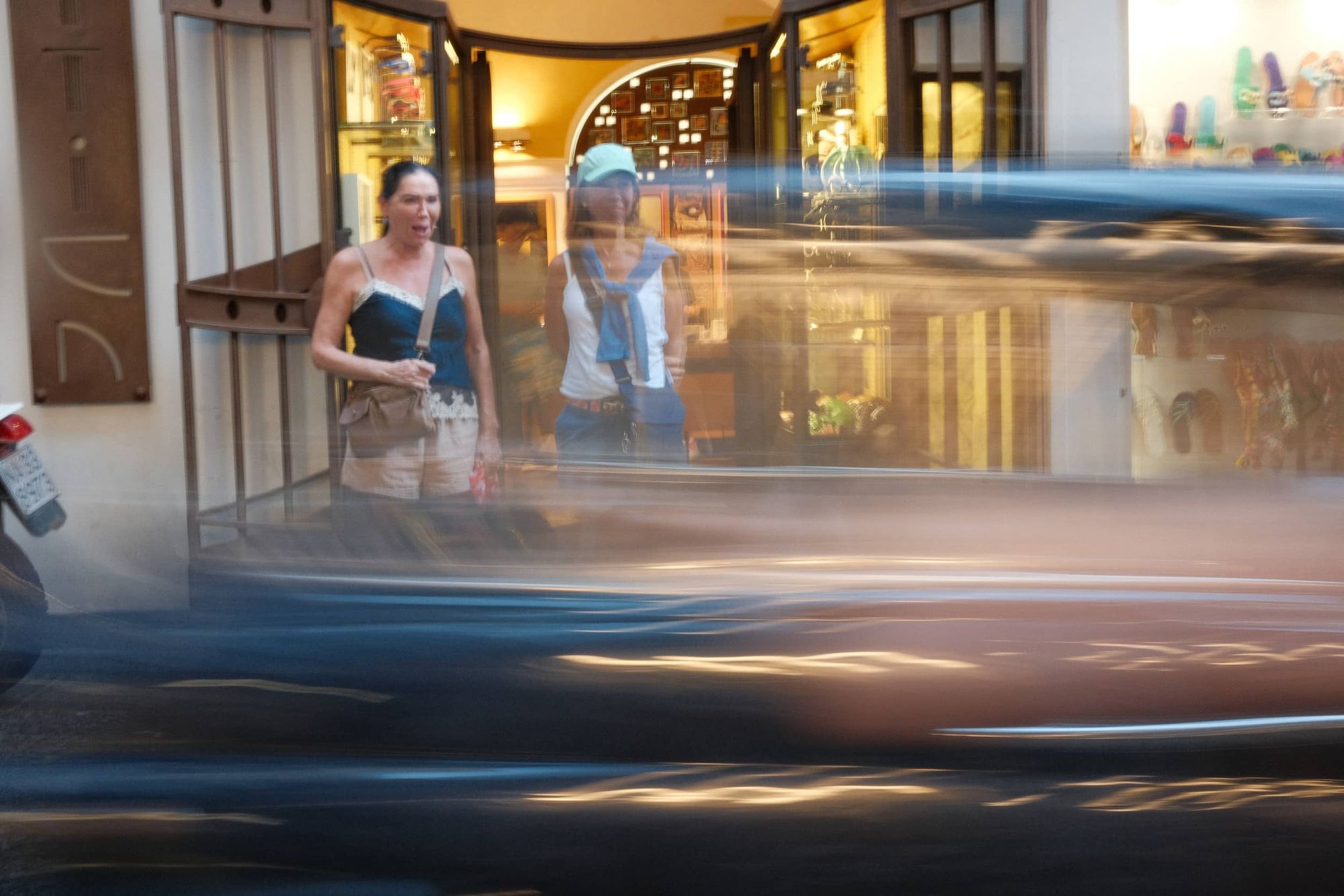
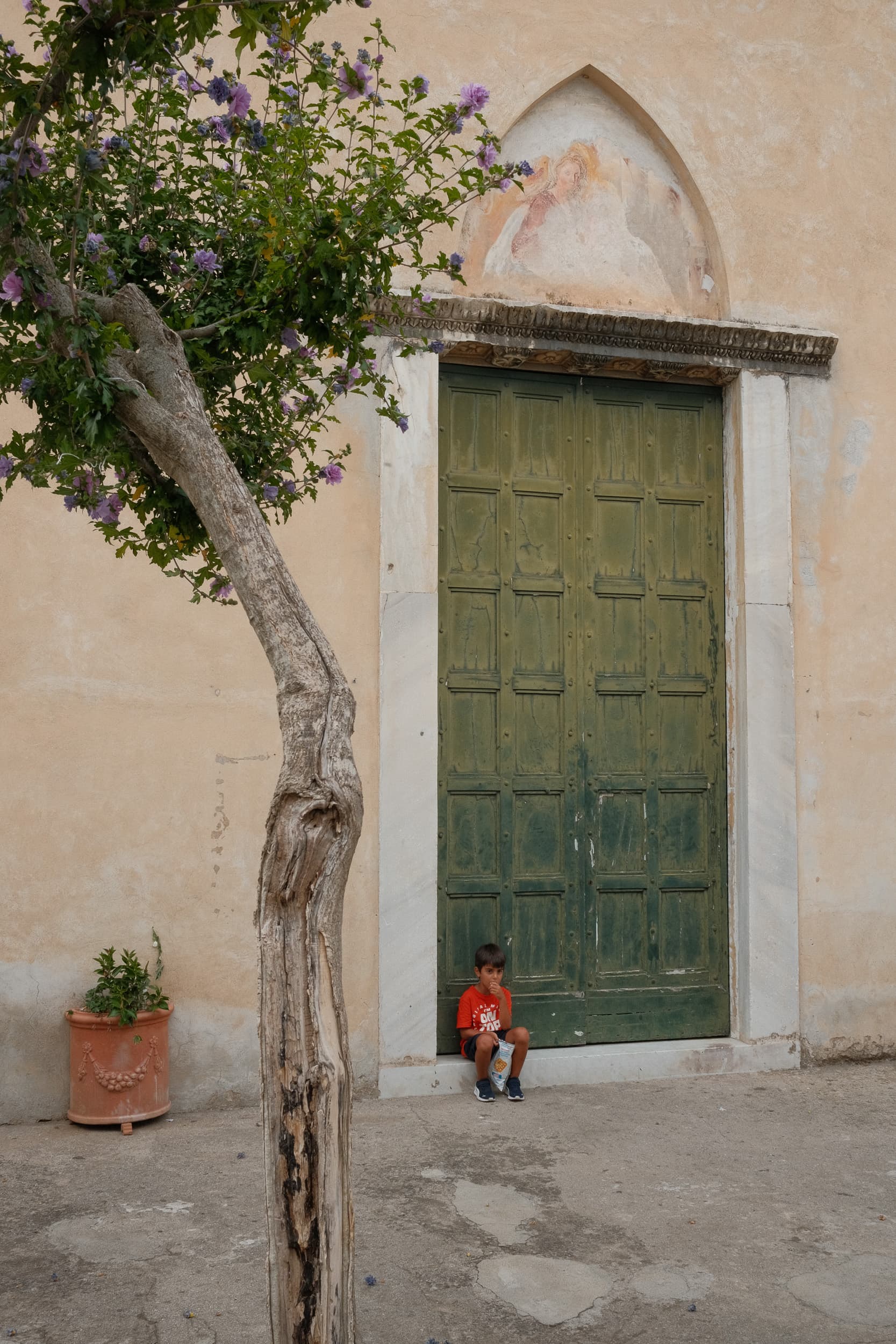
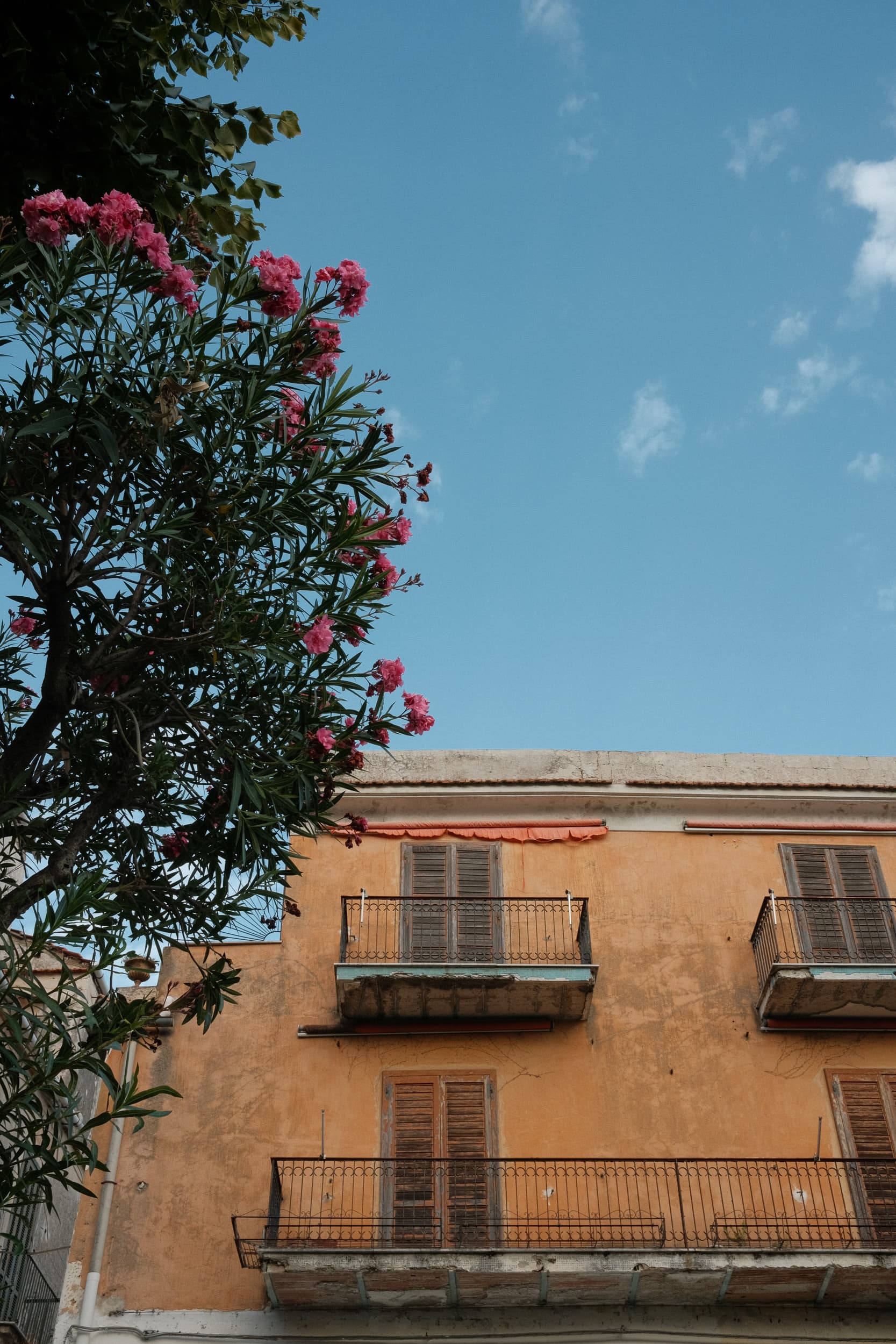
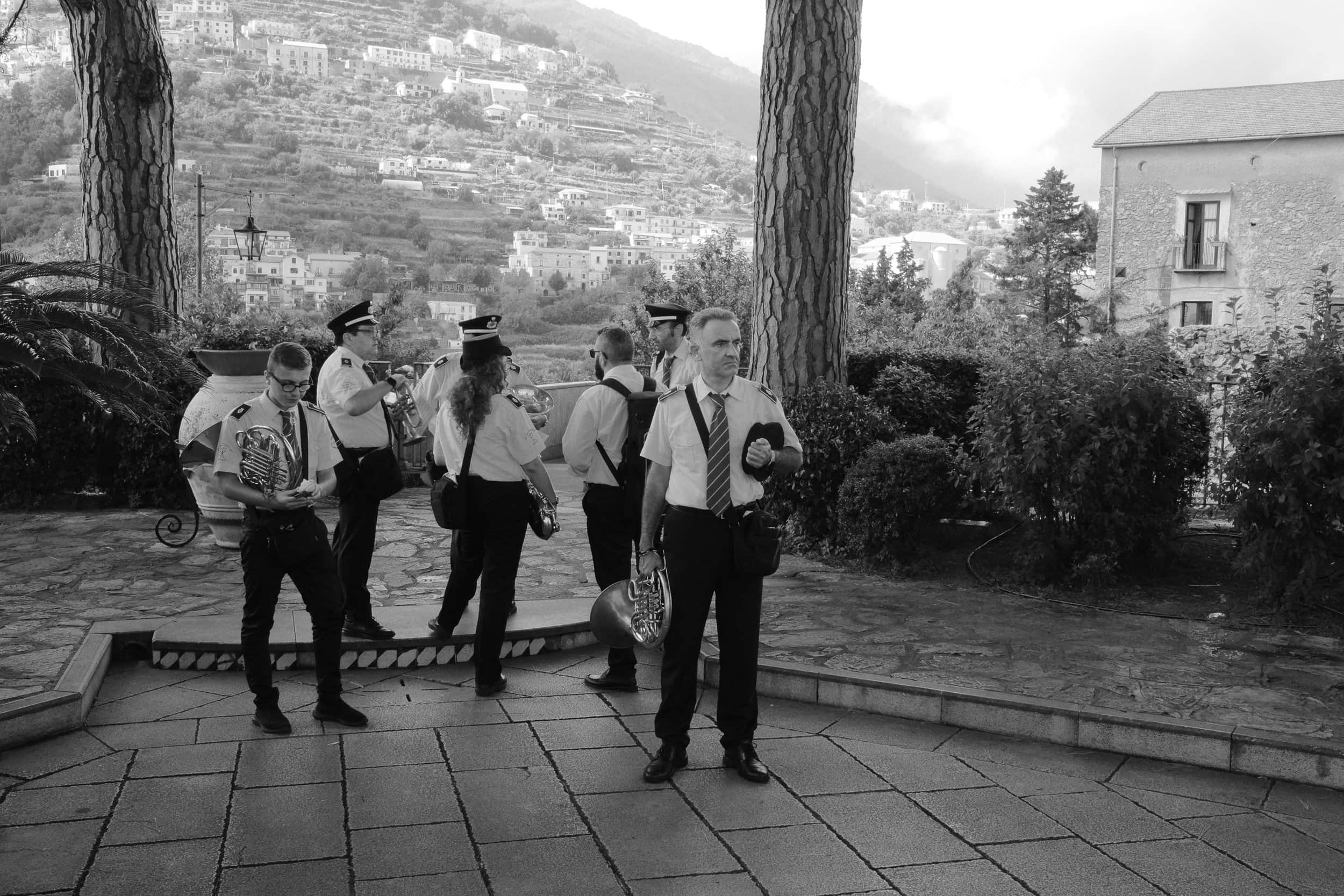
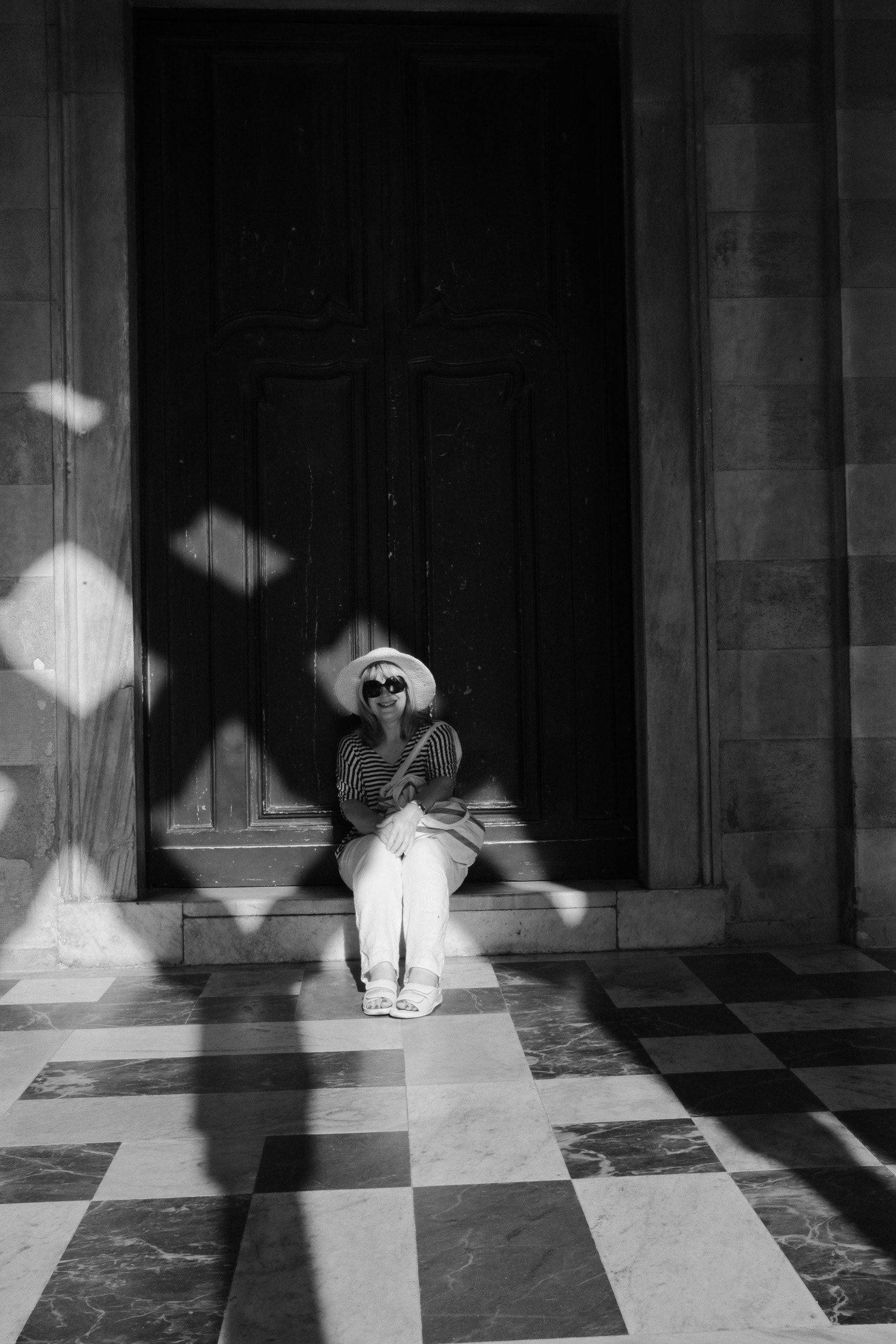
Exploring Ravello and Amalfi
The Camera Remote App
Unlike the camera itself the Fuji iOS app is a challenge and frustration to use. It's clunky and could do with a major overhaul to reflect 2022 standards.
While on holiday I managed to grasp how to transfer images from my camera to the iPhone. When you've done it a couple of times it becomes straightforward.
All you have to do is activate the Wi-Fi on the camera, select the camera's network on your iPhone, select the function you want on the app and the connection is made.
I don't know why it took me long to figure it out.
JPEGs transferred from the camera to the iPhone without a hitch.
Fujifilm X100v Versus the iPhone
What I am going to say sounds like sacrilege.
But for sharing images on social media or enjoying them on your phone or computer screen, it is impossible to tell the difference between a camera image and an iPhone image.
While I'm struggling to get the settings for a particular shot others have no challenges with their smartphone.
Why bother with a camera?
Because using an iPhone negates learning photography and it's no bloody fun.
And in the back of my mind I'm unconvinced a 12 megapixel image can stand close inspection compared to a 24 megapixel image. iPhone picture quality is challenged when you zoom in or apply a crop.
However, one morning I woke early and captured a beautiful sunrise. Did I grab the X100v or the iPhone?
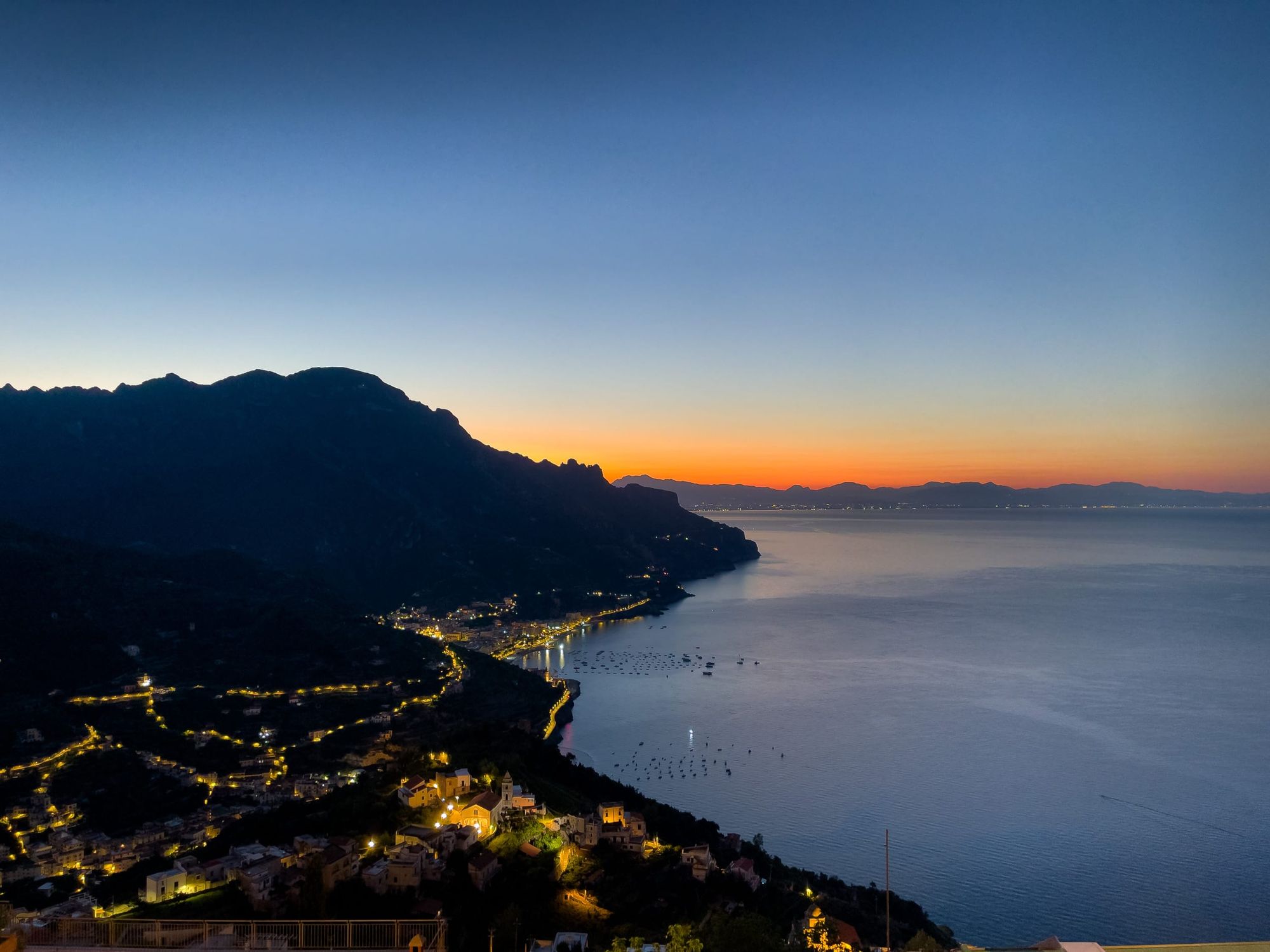
The Fujifilm X100v Boxed Again
We come to the big disappointment.
After a few months of ownership I noticed something strange happening. On random occasions, when taking RAW pictures, the JPEG preview image was blurred or corrupted.
The RAW image itself was okay when processed in Lightroom.
I wondered if it was something to do with the processing power of the camera?
When I switched to JPEG shooting the same thing happened but rescuing the picture was impossible because the JPEG version was the only version.
Fujifilm UK support was atrocious and had I known what communicating with them would be like I would have purchased a different brand.
Every email took a week for Fujifilm to respond and when they did it all I got was a list of silly questions.
On one occasion I decided to telephone and I refrain from guessing what the support staff had been doing but he answered the phone out of breath and spoke out his frustrations. It sounded like I had called somebody who was asleep in bed, or rather I mean active in bed.
On my own I discovered the corruption of files happened with film simulations in which I had adjusted the clarity setting. The clarity function increases the definition of a picture, and negative settings can soften an image.
The exact cause is for others to work out.
I returned the camera to the online store Wex Photo. They can deal with Fujifilm UK and good luck to them. Wex support has been super-helpful.
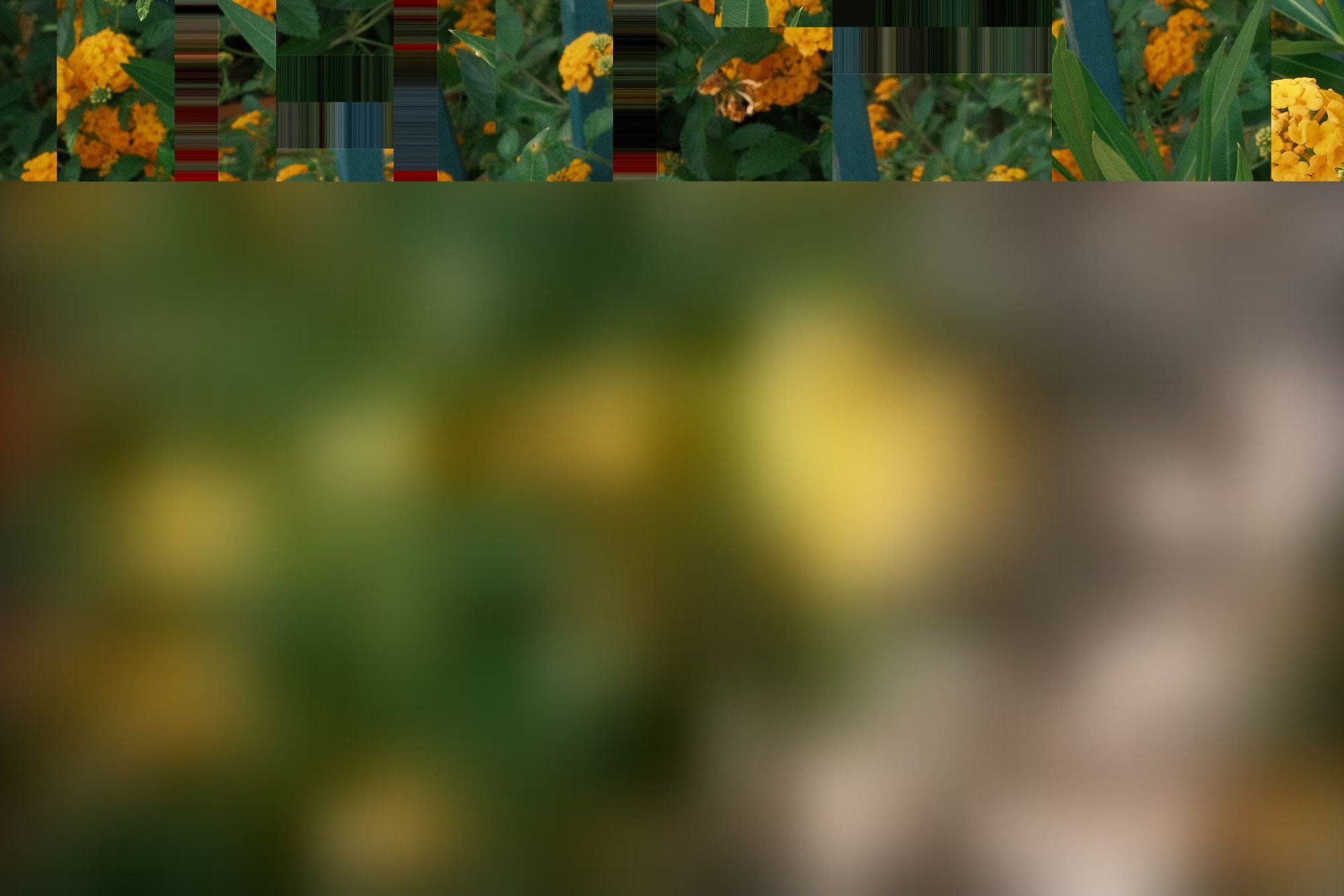
Conclusion
Would I recommend the Fujifilm X100v?
If you wanted a compact fixed-lens camera your options are limited. You will of course need at least £1200 in your pocket and prices continue to rise. But you have some way to go before hitting the £5000 cost of a Leica Q2.
Yes I would recommend the X100v because of:
- Build quality
- The fun of use
- Portability
- Inspiring film simulations
- Discretion for street photography
- Capability for street, landscape, and other genres
If you are thinking of buying one, try it out with clarity boosted and see what happens.
I may have bought a faulty one.
Update: In less than two weeks Wex Photo had the X100v processed through Fujifilm UK and fixed. Fujifilm replaced the lens and main circuit. All good.
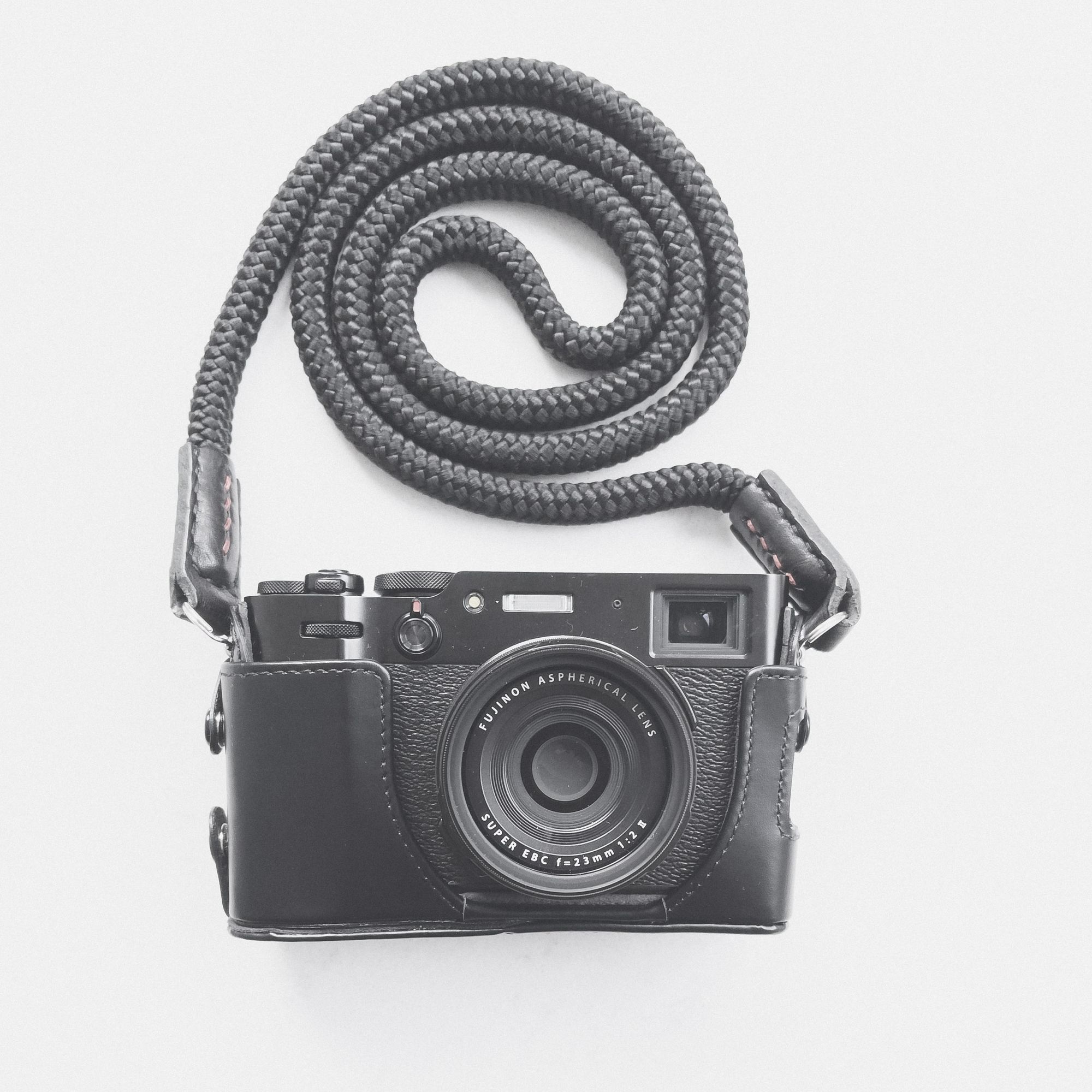
Thanks for reading this far. If you found this story helpful, please consider buying me a coffee. It would mean so much. 😊



